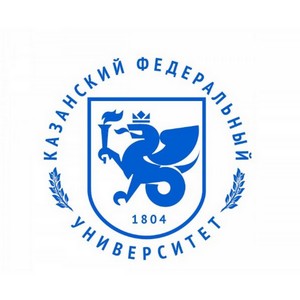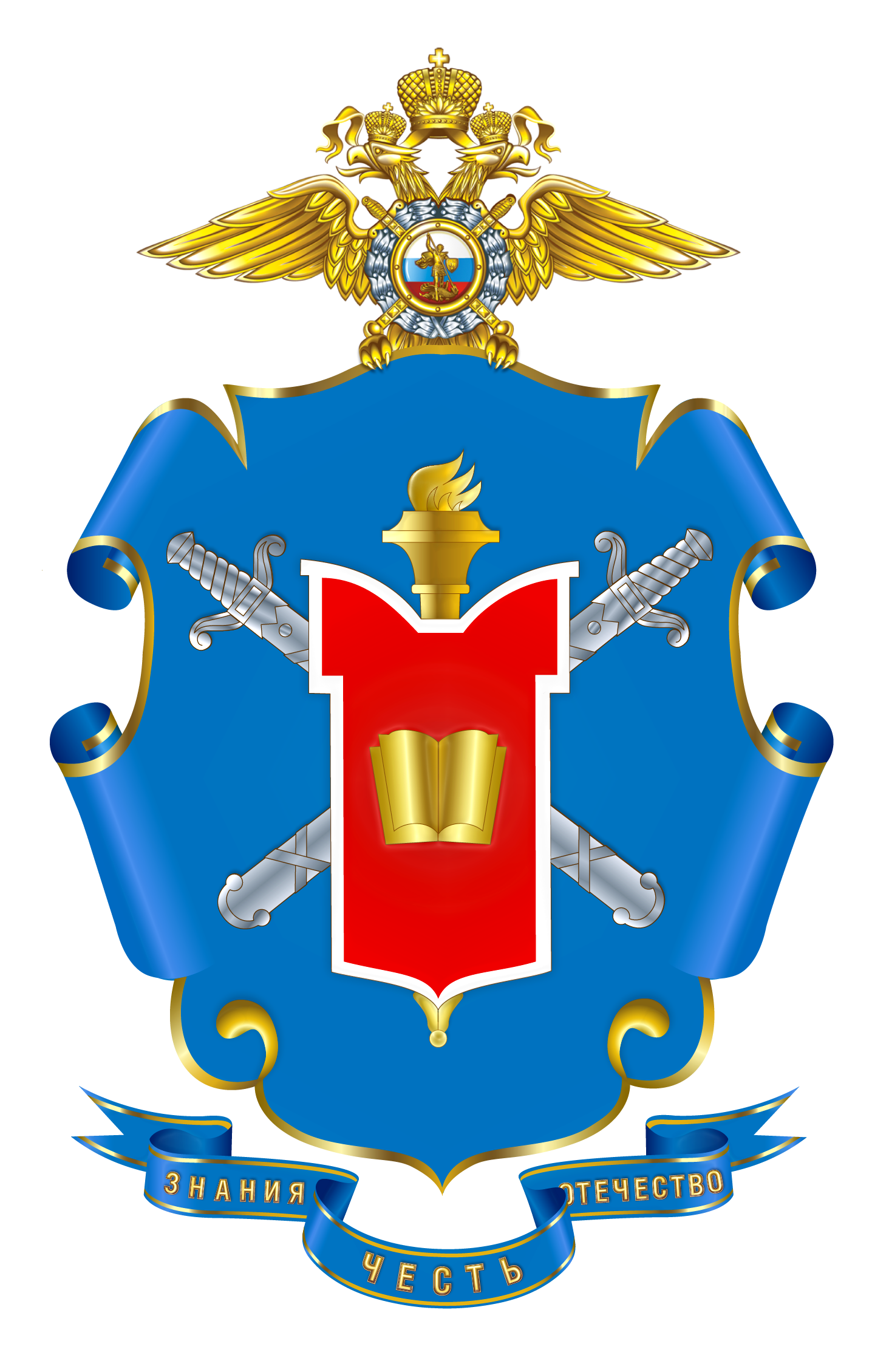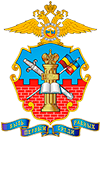Industry 5.0 or Society 5.0?
We could have lived in the society of the future for a long time
Elena Larina
Vladimir Ovchinsky
In Europe, the next stage of the innovation breakthrough is being actively discussed. We are already talking about the beginning of the implementation of the Industry 5.0 concept, the active development of which was caused by the Covid-19 crisis and, as a result, the awareness of the need to rethink existing methods and approaches to work. In Industry 5.0, the boundaries between different types of industrial workers are blurred.
The Industry 5.0 concept was discussed in 2020 at a number of forums by participants from research and technology organizations. There was a consensus on the need to better integrate European social and environmental priorities into technological innovation and to shift the focus from individual technologies to a systematic approach.
Six categories have been identified, each of which is considered to unlock its potential in combination with the others, as part of technological structures:
1) Individualized human-machine interaction;
2) Bio-informational technologies and intelligent materials;
3) Digital doubles and simulation;
4) Data transmission, storage and analysis technologies;
5) Artificial Intelligence (AI);
6) Energy efficiency, renewable energy, storage and autonomy technologies.
Industry 5.0 is rooted in the concept of Industry 4.0, which was developed in Germany in 2011 as a future project and part of the country’s high-tech strategy. It was aimed not only at better compliance with economic, but also special environmental requirements of ‘green production’ for a carbon-neutral and energy-efficient industry.
The Chinese government’s ‘Made in China 2025’ initiative is directly inspired by the Industry 4.0, which aims to revitalize the Chinese manufacturing sector and ensure a smooth transition.
In its ten years of existence, Industry 4.0 has focused less on the basic principles of social justice and sustainability and more on digitalization and AI-based technologies to increase production efficiency and flexibility.
The Industry 5.0 concept provides a different focus and emphasizes the importance of research and innovation to support industry in its long-term service to humanity within the planet.
Society 5.0 and Industry 5.0 concepts
The concept of Society 5.0 appeared and began to develop in Japan in 2016. Since then, Japan, in fact, has been integrating aspects of digitalization, mainly at the level of individual organizations and parts of society, into a full-fledged national transformation strategy, policy and even philosophy.
Society 5.0 tries to balance economic development with solving social and environmental problems. It is not limited to the manufacturing sector but solves more serious social problems based on the integration of physical and virtual spaces.
Examples of how the Society 5.0 project is being implemented in Japan:
More than half of the world’s inhabitants live in cities; in Japan this figure reaches 92%. Japan is building smart neighborhoods based on the government-initiated Society 5.0 programme. It is based on the idea of developing smart cities focused on people.
So, the smart and sustainable city of Fujisawa is built on the site of an old factory. Each house is equipped with solar panels and smart monitoring systems. It becomes possible to track energy consumption both at the household level and at the block level as a whole. By reducing carbon dioxide emissions, local residents gain ‘green points.’
The developers have planned the infrastructure for a hundred years, taking into account literally everything – from energy consumption to safe mobility, health protection, protection from emergencies.
Industry 5.0 – human-oriented
The profit-only approach is becoming increasingly untenable. Under the new approach, responsible innovation is primarily aimed at improving the well-being of all participants: investors, workers, consumers, society and the environment. Motto: Instead of asking what we can do with new technologies, we ask what they can do for us.
The industry sector must be sustainable. To achieve this, it is necessary to develop cyclical processes that would allow the reuse, redirection and recycling of natural resources, reduce the amount of waste and reduce the impact on the environment. Technologies such as AI and additive manufacturing can play a big role in this process by optimizing resource efficiency and minimizing waste.
Safe and inclusive work environment
One of the concerns associated with the introduction of new technologies is the loss of jobs. However, when applied correctly, new technologies can make workplaces more inclusive and safer for workers, as well as increase their job satisfaction and well-being.
Digitalization of production processes makes remote work possible, allowing people living in remote regions to enter the labour market, as well as increasing the sustainability of production itself. The Covid-19 crisis, during which the functioning of many enterprises was put at risk due to physical distancing measures, clearly demonstrated the potential of digitized remote operations (but at the same time, the dangers given the growth of cyber-attacks on objects that ensure the functioning of remote work – E.L., V.O.).
Digital solutions and wearable devices can open up new channels for alerting workers and their general practitioners to critical health conditions, both physical and mental. It is important to ensure that the employee’s interaction with artificial intelligence machines does not explicitly or implicitly undermine their dignity.
Skills, professional development and retraining
Skill level is another important set of considerations for Industry 5.0. Skill requirements are evolving as fast as technology. Many note a massive lack of competencies.
The technology can be made more intuitive and user-friendly, so that employees do not need special skills to use it. In addition, training can be developed simultaneously with this technology, thereby ensuring that the existing skill set better meets the skill requirements of the industry.
It is not possible to ensure the professional development of each individual worker in the industry. As automation increases, some skills will inevitably become obsolete and difficult to develop further. Thus, it is important to promote changes in the qualifications of particular workers, to retrain them. In terms of digital skills, it is important to provide a certain basic level of knowledge and understanding for everyone. This is especially true for the principles of dealing with AI.
Digital skills are not the only skills that will be relevant for industrial workers in the enterprises of the future. Skills related to creative, entrepreneurial, flexible, and open-minded thinking should also be taken into account.
Companies can and should play a more important role in staff education and training.
Attracting and retaining talented workers
Attracting and retaining skilled labour is becoming an increasingly serious challenge for companies. It is particularly difficult to fill positions that require digital and/or multidisciplinary skills. The youngest part of the workforce (the so-called millennials) is most likely to have the necessary skill set.
Efficiency for sustainability and competitiveness
Capitalization, market penetration, revenue, profit and all the usual economic indices do not reflect either the exact current state or the overall prospects for the ‘competitiveness’ of the industry. The Industry 5.0 concept promotes the achievement of the economic performance of industries while respecting the needs and interests of employees, as well as ensuring environmental sustainability. Energy technologies for sustainability and cost reduction, as well as a modern policy framework, are needed to manage the transition to energy while maintaining the competitiveness of energy-intensive industries at the global level.
Human orientation
The European Union has already adopted a human-centered, sociocentric approach in several key policy areas (General Data Protection Regulation (EU GDPR), White Paper on Artificial Intelligence, EU Advanced Training Programme (ATP)).
The implementation of the Society 5.0 concept within the working sector may need to be accompanied by significant reforms in social policies, such as the social security and health systems. It may be necessary to rethink the relationship between paid work and social benefits, as well as to review existing tax systems. Given that not all workers will be able to find their new place in the transformed industries, the society has a responsibility to help them remain relevant and protected members of society.
***
Industry 5.0 and Society 5.0 are striking in that they are actually projects of a socialist (or even communist) model of development rather than capitalist, where priority is given to the person of work and the principles of equality and justice (‘from each according to their abilities, to each according to their work / needs’).
But there is nothing to be surprised about. The principles of European Industry 5.0 were borrowed from the Japanese project Society 5.0. And the Japanese never hid that their ideas were based on the works of outstanding Soviet scientists –
Anatoly Ivanovich Kitov, Viktor Mikhailovich Glushkov, Hermogen Sergeyevich Pospelov, Pobisk Georgievich Kuznetsov, Vladimir Yakovlevich Rosenberg, Alexander Semyonovich Narignani, Dmitry Alexandrovich Pospelov, Mikhail Ivanovich Gvardeytsev and many other developers of cybernetic systems for managing society and the national economy.
Why, having the whole set of breakthrough scientific tools for managing the economy and the social sphere, the party elite / nomenclature not only did not use them but did everything to prevent them from being realized, is the main question of our history at the end of the twentieth century.
Translated by Elizaveta O. Ovchinnikova
































